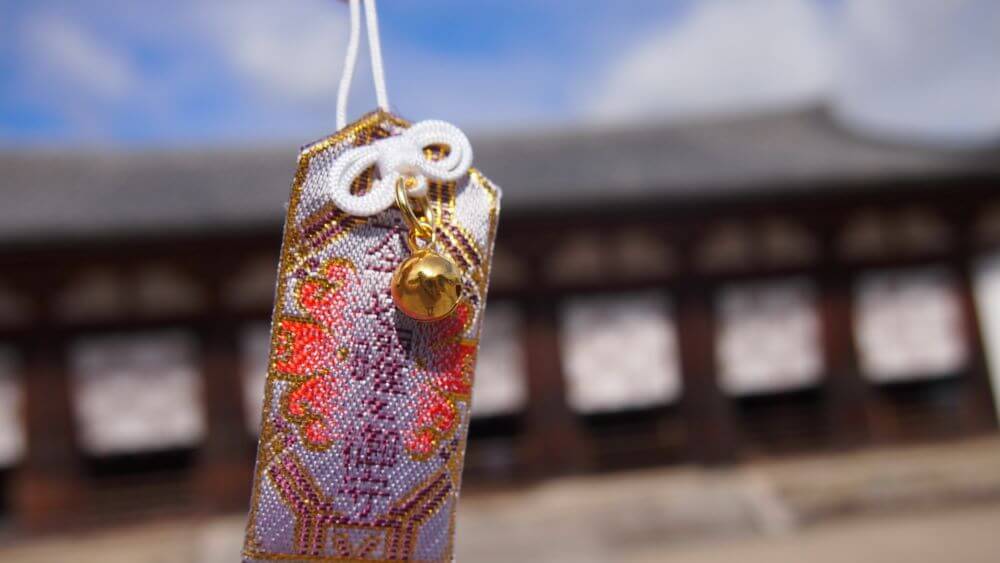Understanding Japan’s electricity system is crucial for both residents and travelers. This article explains the plug types, voltage, and frequency used in Japan, providing essential information for foreigners living in or visiting Japan.
If you are looking for information on electricity prices and contract procedures, please refer to “Things to Know Before Setting Up Utilities (Electricity, Gas, and Water) in Japan“
Japanese Plug Type

In Japan, the predominantly used plug type is Type A, featuring two flat parallel pins, the same as those in the United States and Canada. It’s common to find plug sockets without an earth connection in Japan. Recently, hotels, airports, and other travel have increasingly been offering USB power sockets for convenience.
If your electrical devices have different plug types, it’s essential to bring the appropriate adapters. A multi-type adapter that fits various plug types is highly recommended for maximum compatibility.
Voltage in Japan

Japan’s voltage is 100 volts, which differs from the 110-120 volts or 220-240 volts common in many other countries. Many modern electronics like laptops, smartphones and digital cameras are designed to operate within a 100-240 volt range. However, some appliances like hairdryers and irons may not be compatible with Japan’s voltage.
In such cases, you will need a voltage converter. Using devices that are not compatible with Japan’s voltage without a converter can lead to malfunctions or accidents, so make sure your electrical devices are compatible with 100 volts before using them.
Japanese Electricity Frequency
Japan’s electrical frequency varies by region. In Eastern Japan (including Tokyo, Yokohama, Hokkaido, etc.), the frequency is 50Hz, while in Western Japan (including Osaka, Kyoto, Hiroshima, Nagoya, Kanazawa, Okinawa, etc.), it is 60Hz. Most electronic devices can adapt to this difference, but it’s essential to verify this, especially for precision equipment, as differing frequencies can cause issues.
Armed with the correct information and preparation, you can enjoy a safe and comfortable stay in Japan.


